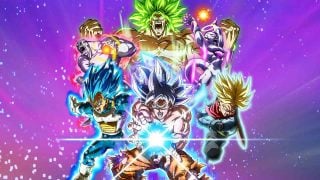There’s a classic trope in shōnen anime where the hero arrives at a climactic moment at the very last minute, precisely when they are needed most. The Dragon Ball Z anime uses it repeatedly — when all hope appears lost and the Z Fighters are on the brink of defeat, Goku finally lands before them to take on the universe’s next greatest threat. It’s a predictable setup, but it never fails to create tension and excitement.
A year on from its initial launch, Dragon Ball: Sparking! Zero has taken its sweet time joining the fray on Nintendo systems. In its absence, the excellent Street Fighter 6 and Mortal Kombat Kollection have recently occupied the Nintendo Switch 2’s fighting game space. Is Sparking! Zero strong enough to find a place among its peers? Or is it simply too late for Bandai Namco to step into the ring? Find out, on the next exciting episo—ahem, right now, in this review.
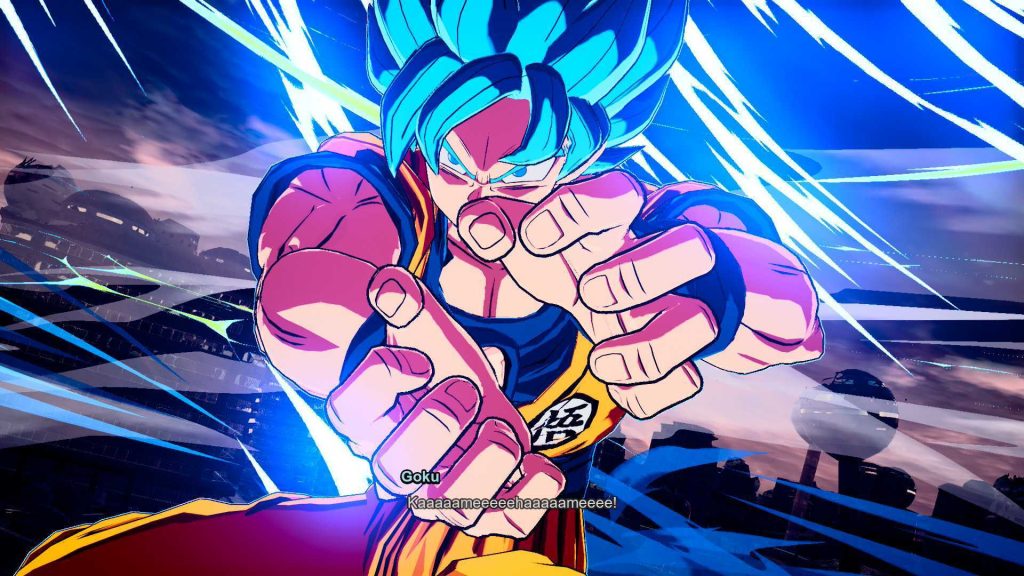
On the surface, Sparking! Zero looks no different to other Dragon Ball games available on the Switch, adopting the same over-the-shoulder, third-person view as Xenoverse 2 and Kakarot. Unlike those titles, however — which were action RPGs that prioritized story and world exploration — Zero puts everything it has into what the Dragon Ball franchise is best known for: the fights.
That’s because the game is a sequel to the long-dormant Budokai Tenkaichi series which, before Zero’s release, had not seen a mainline installment since 2007. The sub-series was known for having great depth in its fighting mechanics, and that’s never been truer with this long-awaited sequel. This complexity will be very welcome for Dragon Ball fans who have been looking for another title with a high skill ceiling since 2018’s Dragon Ball FighterZ, but may also be an initial barrier for the casual crowd. This definitely isn’t a game where you can button-mash your way to victory.
The game does not force any tutorials on you — which would normally be a breath of fresh air in the modern gaming landscape, but in this case, training is essential if you hope to get anywhere in the story mode. Even as a Budokai Tenkaichi diehard with plenty of combos burned into my muscle memory, I found the Super Training mode beneficial, which sees strict teacher Piccolo teach his student Gohan most of the game’s mechanics.
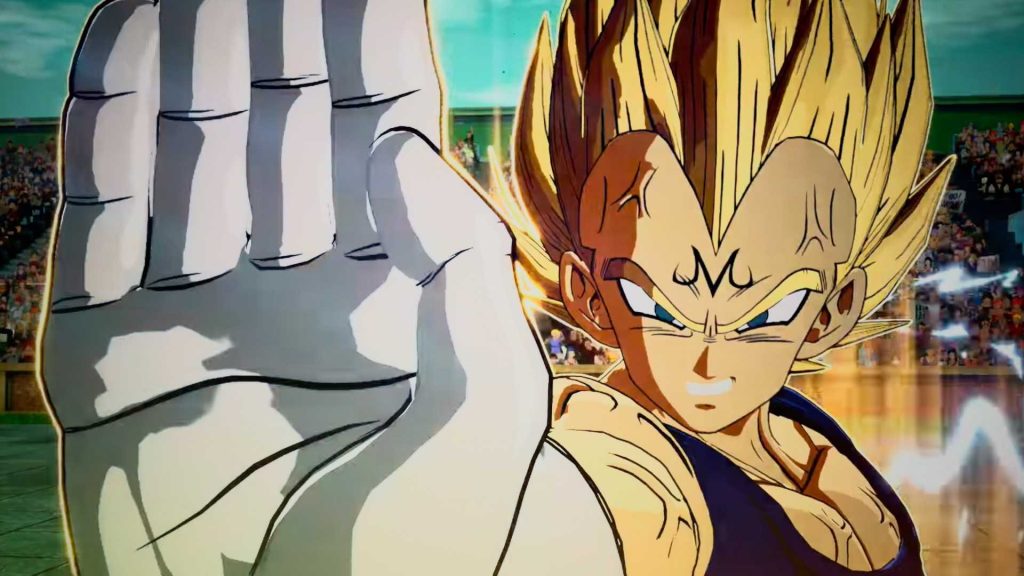
I say “most” because, while Super Training is serviceable and will help you pummel your way through the story mode bosses, it does fail to properly demonstrate many of the game’s advanced techniques. Many will be satisfied in simply mastering the basics, but for those interested in serious competitive play, you will unfortunately be better off putting aside your Saiyan pride and venturing off to YouTube to learn how to take Goku even further beyond.
Bizarrely, the game often doesn’t explain other important elements either, like the various icons and meters in the UI, or the different symbols in the story map. At one point, I found myself unable to advance past a particular mission because the game suddenly but secretly threw a new objective at me — one that differed from the typical “defeat the enemy” but was also buried in the pause menu, of all places.
Once you get past these initial hurdles, though, the story mode is very enjoyable. It is incredibly streamlined this time around — in Goku’s campaign, you’ll be fighting Frieza within 30 minutes, a showdown that doesn’t happen in the anime until around 90 episodes in. The minimal exposition and huge leaps between major plot beats will leave series newcomers very confused, but for the majority of players — the longtime fans who have already seen the Dragon Ball story unfold countless times across the decades of game iterations — Zero’s “best of” compilation is much more welcome than another lengthy rehash.
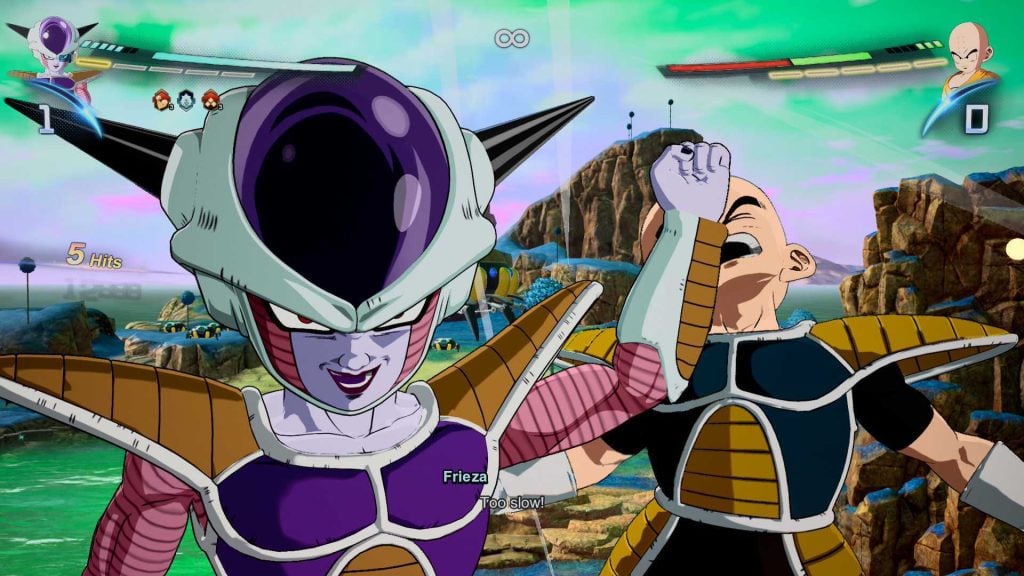
This isn’t to say Zero is lacking in single-player content, either. There are eight campaigns, with each following the Z and Super anime storylines from the perspective of a major character. The most exciting part of the single-player is the ability to deviate from the canon storyline by exploring branching paths on the story map. Sometimes, these will result in brief alternate endings — like Android 16 actually getting to trade fists with his target, Goku, or Zamasu wiping all mortal life from the universe. Other times, you’ll unlock a Sparking Episode, which takes things even further by opening up a series of new missions on an alternate timeline. If Goku refuses to ally with Piccolo before the fight against Raditz, for example, different events will occur and lead to the fight against Frieza taking place on Earth instead of Namek. These what-if scenarios will likely be the highlight of the story content for fans, who’ll see characters they grew up with thrust into all-new situations, made all the more authentic by the veteran actors.
Speaking of the voice cast, the majority of the original English voices are all here once again and are just as passionate in their roles as they’ve ever been. If the dubbed version of the anime isn’t your thing, you can also switch to the original Japanese line-up. With so many fighters and unique match-ups, you can also expect a ton of unique exchanges between opponents. The Encyclopedia even has a fun feature called Girl Talk, which lets the Saiyan wives Chi-Chi, Bulma, and Videl vocalize their thoughts on all the different fighters.

The fanservice doesn’t stop there, of course. One very obvious highlight in having a new Budokai Tenkaichi release is the ability to integrate the past decade’s worth of new Dragon Ball content into this revered gameplay format. With a whole new anime series and several movies since 2007, players can finally get technical with newer fan-favorites like Beerus the Destroyer, female Saiyans Kale and Caulifla, and sinister doppelgänger Goku Black. Then there are all the new forms our heroes (and villains) can power up into — such as Super Saiyan God, Ultra Instinct, and Golden Frieza — that all feel as ridiculously powerful as they should.
Unsurprisingly, this means that this latest installment boasts the largest character roster to date, with a whopping 182 fighters to choose from in the base game. While it’s hard to complain at such a staggering number of characters, it is a shame that the game lacks any real representation from the original Dragon Ball series — previous Budokai Tenkaichi games had Goku’s childhood foes like Demon King Piccolo, General Tao, and the Pilaf Machine. There is still more DLC on the way, however, so there may be hope in the future for those willing to pay a bit extra.
The Custom Battle mode is a toolbox that allows players to create their own story episodes, with characters, environments, and effects at their disposal and the ability to create their own cutscenes, dialogue, win/fail conditions, and even an anime-style title card. The complexity and time required to make something worthwhile in this mode probably won’t entice creatively bankrupt players like myself, but since creators are able to publish their works online for others to try, browsing the community-generated battles is a fun way to expand the game’s longevity.
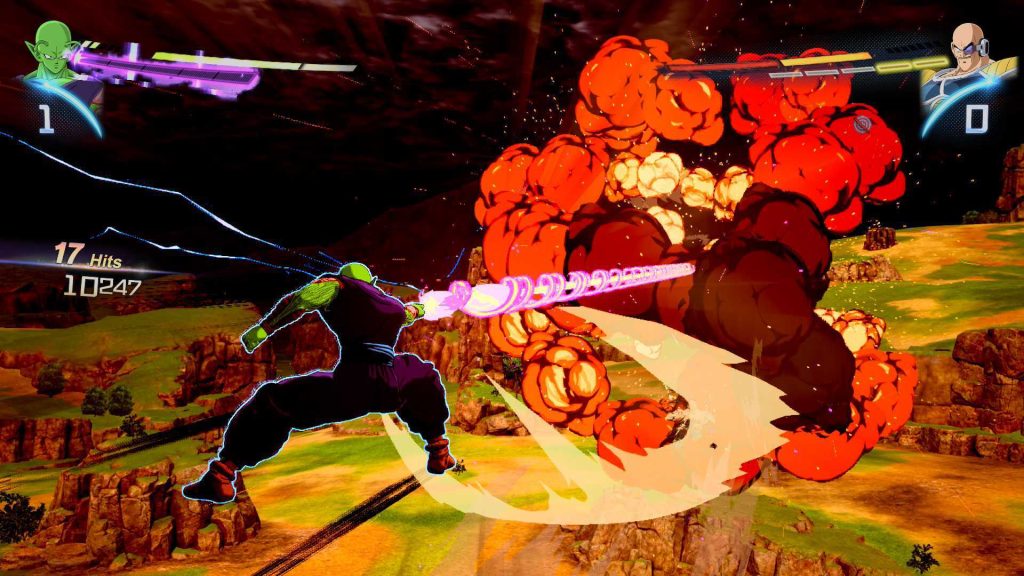
Switch owners have a number of options when it comes to controls, as this port includes three different control methods: Standard, Classic, and Motion Controls. On top of that, there is also the choice between Joy-Con and the Pro Controller. Using Joy-Con with Standard or Classic (which are similar albeit a few different inputs) is a solid way to play, though pressing Y + B for a Vanishing Assault can feel a bit awkward due to the close proximity of the right analog stick (which can slightly obstruct your thumb in the heat of battle). Opting for Motion Controls is another kettle of Oracle Fish entirely, and unfortunately, not a good one.
The Wii version of Budokai Tenkaichi 3 implemented motion controls perfectly, having players move their Remote and Nunchuk in a dramatic fashion only when pulling off special moves. This meant you could imitate iconic poses to unleash a Kamehameha, Special Beam Cannon, Big Bang Attack, and so on. This is also the case in Zero, but the problem is that the game also demands that you wave the Joy-Con around for all other basic attacks, too. Not only is the prospect of flailing around for the entirety of a match an unappealing one, motion inputs simply don’t register most of the time. To initiate a simple Rush Attack, you have to forcefully jerk the Joy-Con forward, and if you’re lucky enough for it to work, it will initiate an automatic series of punches until you pull it back again. You then have the additional gamble of awkwardly thrusting the right Joy-Con at a specific time to (in theory) pull off a combo. It’s almost impossible to perform the moves you want this way, as opposed to the precision that comes with a specific order of button inputs. This was a huge disappointment, as this trailer seemed to promise a chance to relive my fond memories of energetic Wii-based battles. Sadly, the reality is that motion controls aren’t even fun for casual play among friends. Ultimately, this means that the Pro Controller — with either the Standard or Classic style — is the ideal way to go.
So, performance. I’m not typically one to get hung up on technical prowess as long as a game is functional and fun, but when it comes to fighting games, there’s no getting around the fact that frame rate genuinely matters. Zero runs at 30 fps on Switch 2, which may be a deal-breaker for parry-savvy pros. It is worth noting, however, that rival versions often dip below their 60 fps threshold, while the Switch 2’s 30 fps is consistently stable. It’s a very playable version of the game once you’ve had some time to adjust. I have also had minimal performance issues with the online battles. There is a bit of slow-down in the menus, and some artifacting in cutscenes, but it’s smooth where it really counts: the gameplay.
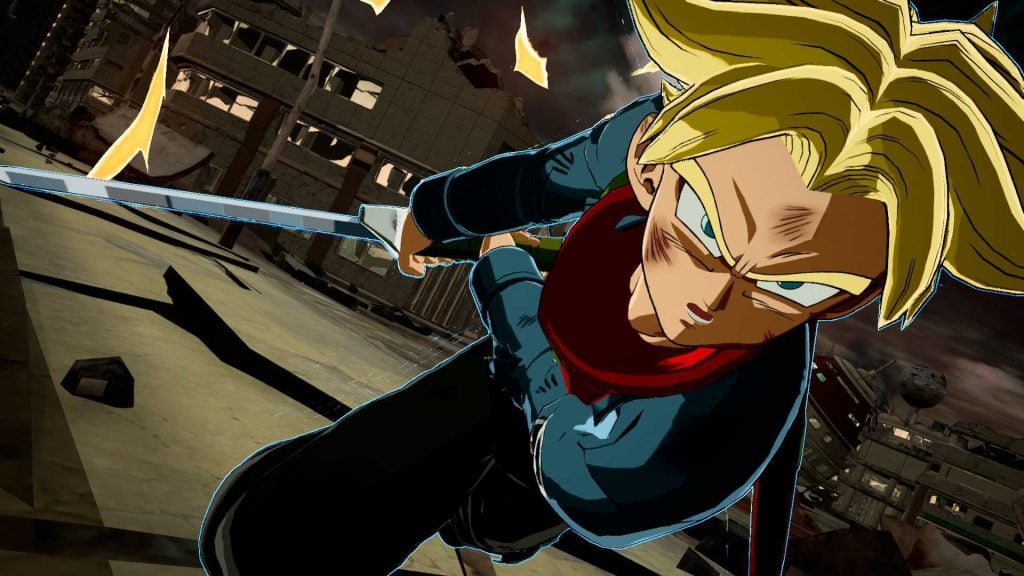
Amazingly, even with the visuals being as detailed as they are and so much going on in the hectic battles, the game remains just as smooth with the system undocked. While this port fails to fully take advantage of the Switch hardware in the controls department, it does thankfully shine when playing it handheld. Assuming you don’t have a Steam Deck to give you the best of both worlds (top performance and portable play), this will be what sets the Switch 2 version apart from its other contemporaries. It happens to be the type of game that lends itself so well to short-burst sessions, too — fights are typically brief enough to be enjoyed on commutes or lunch breaks, and there is plenty of grinding to be done for those who want to unlock everything. After all, there are fighters, costumes, music tracks, and more to spend your hard-earned Zeni on, as well as plenty of achievements and rewards to strive for.
Dragon Ball: Sparking! Zero may not revolutionize the beloved Budokai Tenkaichi formula, but it does mark a wonderful and welcome return with glorious HD visuals, online play, tons of new characters, exciting what-if storylines, and endless unlockables. Creator Akira Toriyama may be gone, but Zero’s faithful representation of his spectacular universe and its devotion to authentic fanservice is a reminder of why his legacy will forever endure.
Leave a Comment

System: Nintendo Switch 2
Release Date: November 14, 2025
Categories: Action
Publisher: Bandai Namco
Developer: Spike Chunsoft
